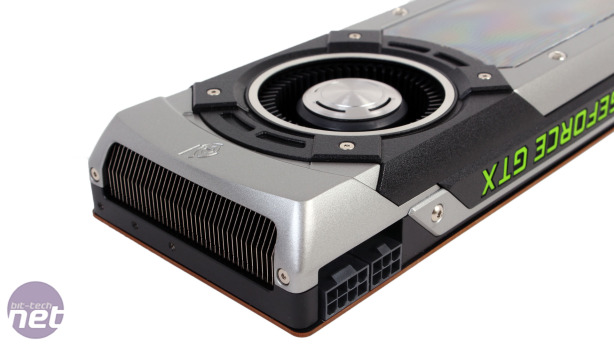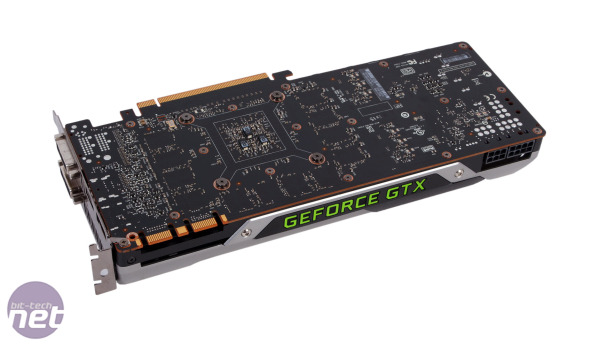
Performance Analysis
The GTX 780 Ti gets off to a great start in the tried and tested Battlefield 3 benchmark as it's at least 5 percent quicker than the GTX Titan in every test and a whole 13 percent quicker at 4K. All results for the R9 290X are in its high performance Uber Mode, yet even here the GTX 780 Ti is almost in another league, outperforming it on minimum frame rates by 13 percent or more. The two are a closer match on averages, but the upper hand is still with the GTX 780 Ti.Our current Battlefield 4 benchmark causes a drop in minimum frame rates for Nvidia cards, so both the R9 290 and R9 290X emerge victorious here. This means the R9 290X doesn't slow down to what we'd consider unplayable in the 5,760 x 1,080 or 4K tests whereas the GTX 780 Ti does. That said, the average frame rates show that the GTX 780 Ti is typically able to keep pace with AMD's cards, and even nudges ahead.
The GTX 780 Ti is the fastest single GPU in BioShock Infinite too, again beating both the GTX Titan and R9 290X. Compared to the latter, its minimum frame rates are 10 percent higher at 1080p and 2,560 x 1,600, and this lead actually improves once you make the jump to the higher resolutions of three screen Eyefinity/Surround or 4K, with the new card performing particularly well again at the latter resolution.
Crysis 3 actually gives the GTX Titan the upper hand in our benchmark, although only by a tiny margin. Meanwhile, the R9 290X finds itself again outpaced at the lower resolutions, although this time only by about 5 or 6 percent. Across three screens and at 4K, the two cards are neck and neck, but the GTX 780 Ti stays significantly quieter than the R9 290X at this level of performance.
All high end cards can now make easy work out of Skyrim, even at 4K, but the GTX 780 Ti is again the single GPU victor here. In fact, its single GPU nature works in its favour too, as its minimum frame rates are evidently more stable than the dual GPU counterparts, that tend to suffer from stuttering, as the 5,760 x 1,080 test demonstrates.
Our synthetic benchmark, Unigine Valley, places the card just 3 percent ahead of GTX Titan but a whole 16 percent ahead of the GTX 780 and even more so over the AMD Radeon R9 290X.
Power consumption is higher than we're used to seeing from Nvidia, with the extra processing power and higher clock speeds taking our system's power consumption to over 400W and adding 50W to the result with GTX Titan. Nevertheless, it's still a lower figure than both the AMD Hawaii cards, despite easily being able to outperform both.
Thermal performance is exactly in line with both other GK110 cards, the GTX 780 and GTX Titan, and as such the GTX 780 Ti achieves a delta T results that's 12°C less than the R9 290X, which targets 95°C by default and becomes slower or noisier (or both) if you decrease this target.

MSI MPG Velox 100R Chassis Review
October 14 2021 | 15:04











Want to comment? Please log in.